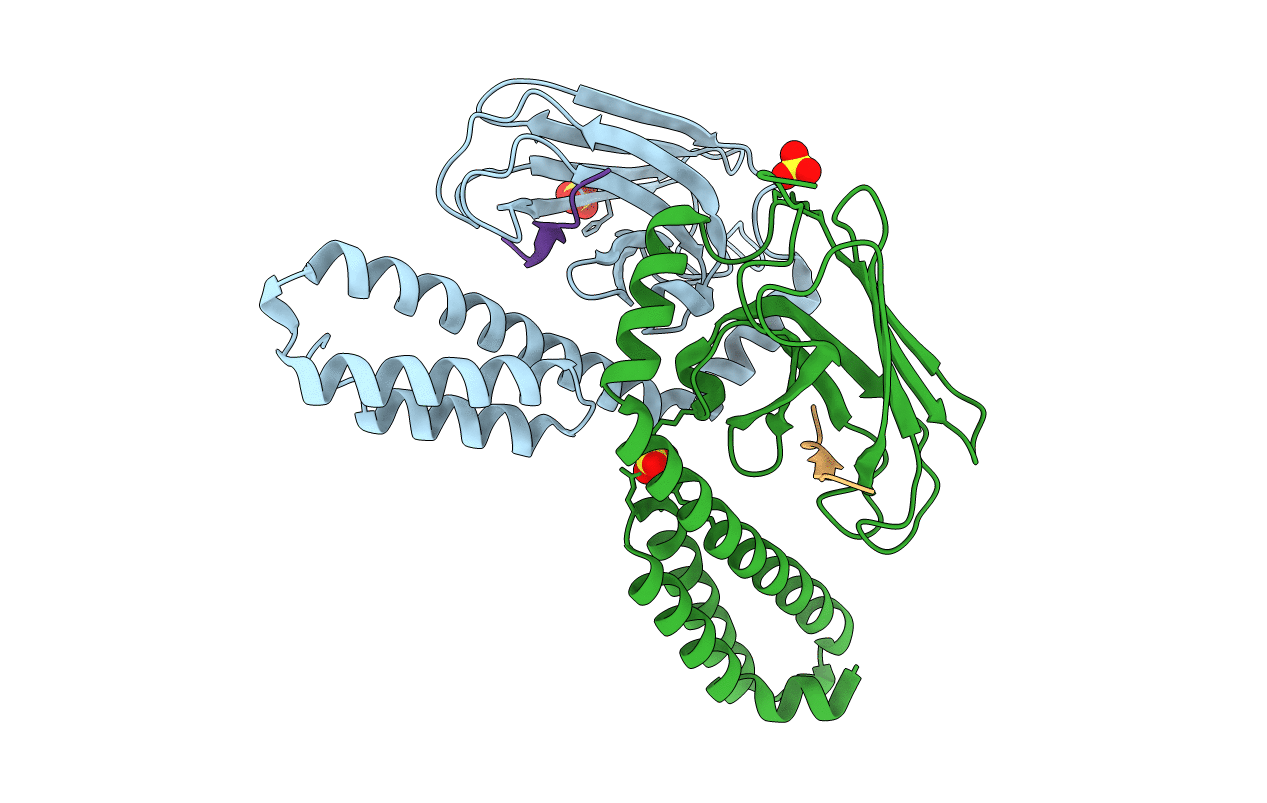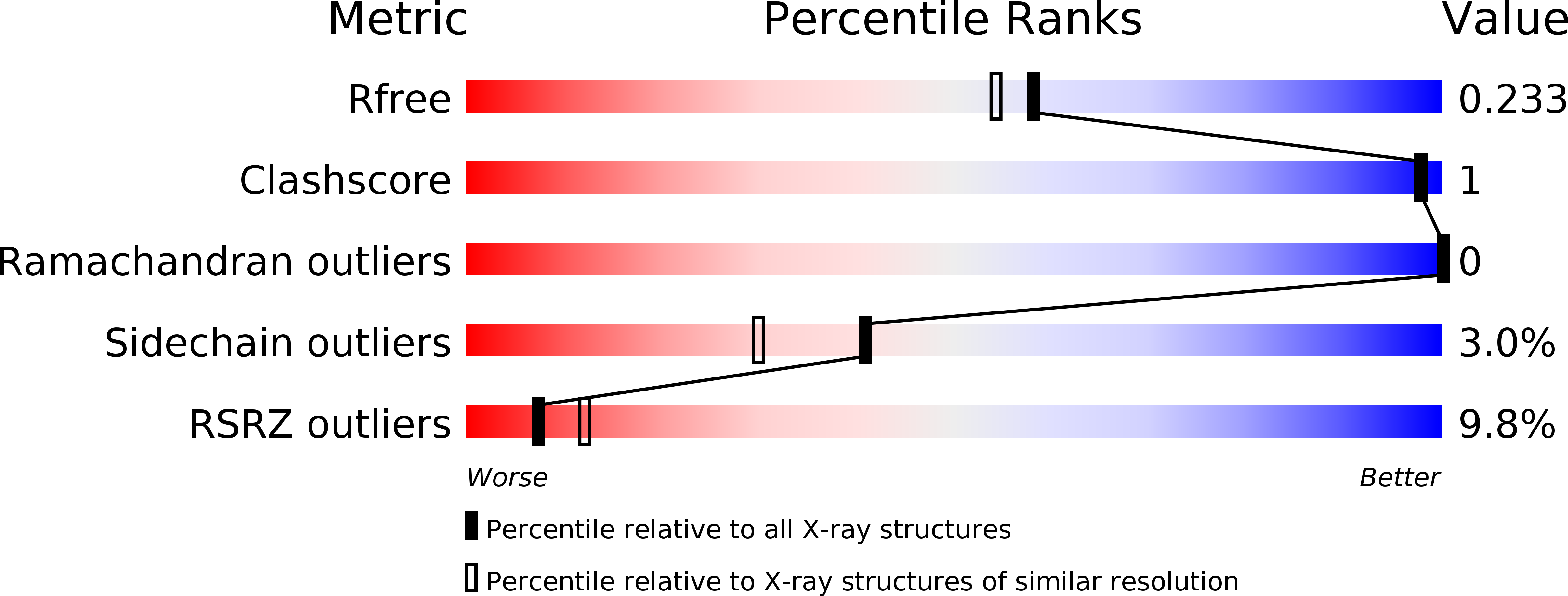
Deposition Date
2013-03-27
Release Date
2013-11-13
Last Version Date
2023-09-20
Entry Detail
PDB ID:
4JWD
Keywords:
Title:
Crystal structure of the substrate binding domain of E.coli DnaK in complex with bovine Bac7(15-28)
Biological Source:
Source Organism:
Escherichia coli (Taxon ID: 83333)
Bos taurus (Taxon ID: 9913)
Bos taurus (Taxon ID: 9913)
Host Organism:
Method Details:
Experimental Method:
Resolution:
1.95 Å
R-Value Free:
0.21
R-Value Work:
0.18
R-Value Observed:
0.18
Space Group:
P 21 21 2


